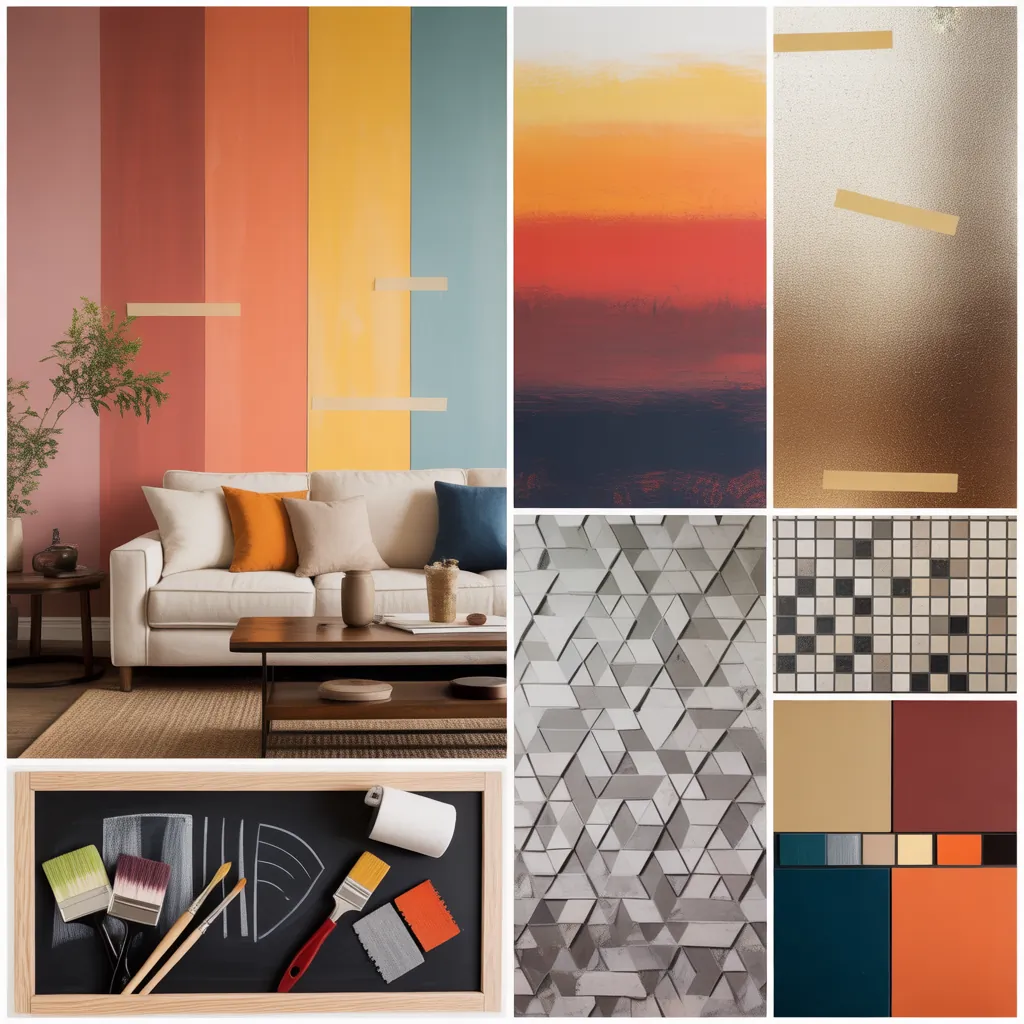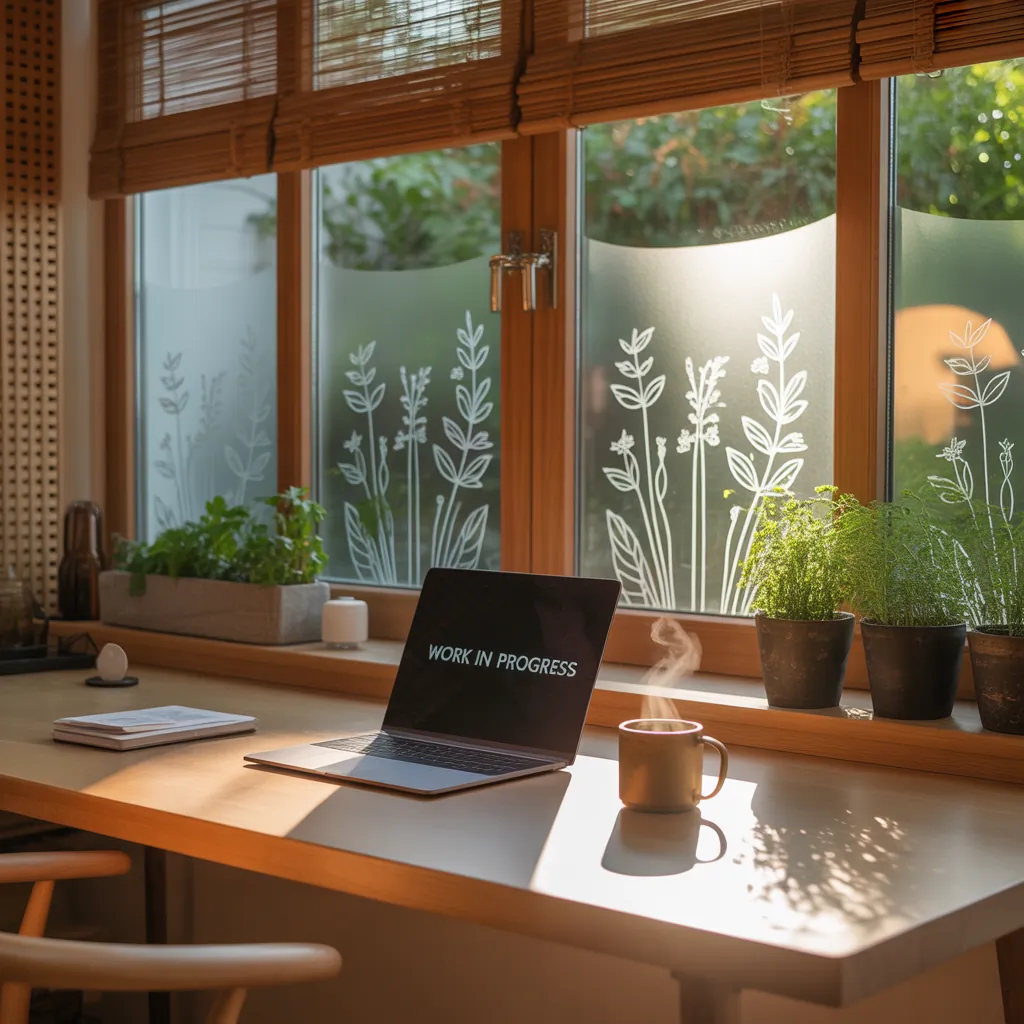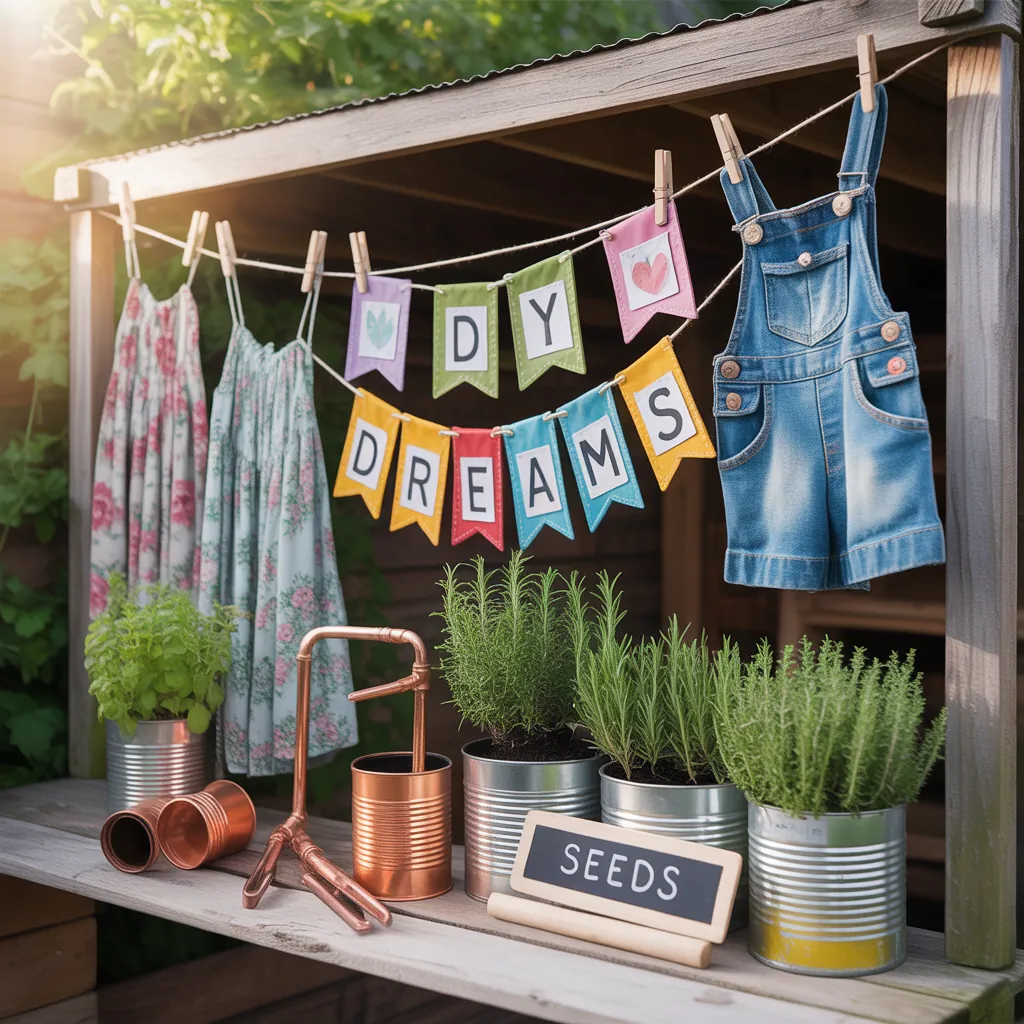Have you ever stood in your living room with a paint sample in hand, overwhelmed by choices and wondering how to make a bold change without blowing your weekend or your budget? If so, you’re not alone. Whether you’re tackling a Saturday DIY project or planning a weekend refresh, smart paint ideas for wall design can turn a bland space into a showstopper — fast.
Why paint is the fastest way to refresh your home
Paint is one of the quickest, most cost-effective home improvement tools. With the right color and technique, you can create depth, highlight architectural features, and set the mood of a room. Below are practical, modern, and renter-friendly paint techniques that real homeowners and DIYers use to get professional-looking results.
Quick inspiration: 10 paint ideas for wall design
- Accent wall: Pick one wall for a bold color to create a focal point without overwhelming the room.
- Two-tone walls: Use two complementary colors separated by a chair rail or a clean horizontal line for a modern look.
- Ombre fade: Blend from dark to light vertically for a soft, sophisticated gradient.
- Geometric patterns: Create triangles, chevrons, or hexagons with painter’s tape for a graphic statement.
- Stripes: Vertical stripes can make ceilings feel higher; horizontal stripes widen the room.
- Stenciled motifs: Use repeat stencils for a custom wallpaper effect without the permanence.
- Textured faux finishes: Rag-rolling or sponging adds depth and hides imperfections.
- Mural or feature painting: Paint a landscape, botanical scene, or abstract mural for unique flair.
- Chalkboard wall: Great for kitchens, entryways, or kids’ rooms — functional and fun.
- Metallic accents: A metallic stripe or half-wall adds luxe without going overboard.
How to choose colors and finishes that work
Picking paint goes beyond the swatch. Consider these real-world tips:
- Test samples on different walls — light changes color dramatically throughout the day.
- Match undertones: warm greige pairs with warm woods; cool blues complement chrome and glass.
- Use gloss strategically: high-gloss for trim and doors, satin/eggshell for walls for easy cleaning, flat for ceilings.
- Think about lighting: north-facing rooms benefit from warmer hues; south-facing rooms can handle cooler colors.
Paint ideas for wall design: step-by-step geometric accent wall
This step-by-step shows how to make a bold geometric wall — a high-impact project you can complete in a weekend.
Materials
- Two contrasting paint colors (plus primer if changing from dark to light)
- Painter’s tape (high-quality)
- Level and measuring tape
- Pencil for marking
- Angled brush, mini rollers, and roller trays
- Drop cloths and painter’s gloves
- Sandpaper and spackle for minor repairs
Step-by-step
- Prepare the wall: Fill holes, sand smooth, clean dust and grease. Let dry completely.
- Prime if necessary: For strong contrast or uneven surfaces, apply primer and let it cure.
- Plan your pattern: Sketch the geometric layout on paper. Use a level and pencil to mark key anchor points on the wall.
- Tape the lines: Apply painter’s tape along your pencil marks. Press the tape edges firmly to prevent bleeding.
- Paint the first color: Roll or brush the primary color into the untaped areas. Let dry per manufacturer instructions.
- Remove tape for clean lines: Pull tape slowly at a 45-degree angle while paint is tacky for the crispiest edge.
- Repeat for the second color: Once the first sections are dry, tape off and paint the contrasting shapes.
- Touch up: Use a steady brush to fix any tiny bleed spots. Allow to cure before rehanging artwork or furniture.
Budget-friendly DIY tips & tricks
- Buy sample pots first to test color before committing to gallons.
- Use a paint-and-primer combo to save a step when covering light colors.
- Rent a paint sprayer for large, textured walls if you have multiple rooms to tackle.
- For renters: try low-VOC paints, removable mural decals, or temporary chalkboard paint on a single panel.
- Repurpose leftover paint by mixing small amounts for accent walls or cabinetry touch-ups.
Room-by-room design ideas and inspiration
Paint choices should reflect the room’s function:
- Living room: Deep accent walls, tonal palettes, or wide horizontal stripes to define seating areas.
- Bedroom: Soft ombre behind the bed or a soothing muted palette for restful sleep.
- Kitchen: Durable, washable paint in warm tones or a chalkboard wall for notes and menus — see more kitchen-specific suggestions on our kitchen upgrades page.
- Hallway: A gallery wall with a painted accent stripe or an eye-catching mural to make a commute through your home more interesting.
- Home office: Energizing blues or greens to support focus and creativity.
For project ideas that pair well with painted walls, check out our DIY projects resources and broader home design ideas for cohesive room planning.
Real-world advice: common mistakes to avoid
- Avoid painting without testing samples — lighting and existing finishes alter perception.
- Don’t skip surface prep; flaking or dirty walls lead to poor adhesion.
- Use enough coats — thin single coats can look streaky and won’t last.
- Choose the right tools: a cheap roller or low-quality tape often causes uneven texture or bleed.
Frequently Asked Questions
1. What are the easiest paint ideas for wall design for beginners?
Start with an accent wall in a bold color, horizontal two-tone with a clear dividing line, or wide stripes using painter’s tape. These projects require minimal freehand skill and deliver big visual impact.
2. How do I prevent paint from bleeding under painter’s tape?
Press tape firmly along the edges, seal the tape by painting a thin coat of the base color over the tape edge and letting it dry, then paint your accent color. Remove tape while paint is slightly tacky and pull at a 45-degree angle.
3. Can I paint over wallpaper instead of removing it?
It’s usually best to remove wallpaper before painting for a long-lasting finish. If removal isn’t feasible, ensure wallpaper is well-adhered and sealed, then prime with a high-quality bonding primer before painting. Note this is a temporary workaround and may not be ideal long-term.
Conclusion — Ready to try these paint ideas for wall design?
Your walls are a blank canvas waiting for personality. Whether you choose a geometric accent, soothing ombre, or a high-contrast mural, the right paint technique can update your space in a weekend. Pick one idea, gather your tools, and start with a small test patch — you’ll be surprised how quickly a thoughtfully painted wall transforms your home.
If you enjoyed these ideas, explore more projects on our DIY projects page or dive into room-specific inspiration at home design ideas. Ready to start? Grab a sample pot and make this weekend the one you finish that wall.



